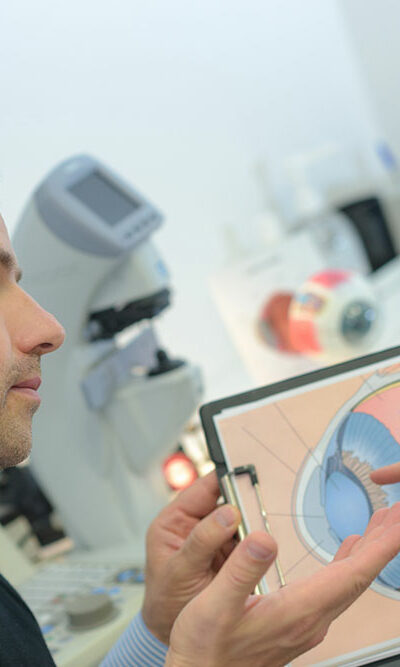
8 Ways to Reduce Data Plan Usage and Avoid Overage Charges
Today, most of one’s daily essential activities, from managing finances to watching online content and shopping for one’s favorite items, require secure Internet access. Hence, buying a suitable data plan is essential to enjoying uninterrupted Internet service. Although several Internet providers offer smartphone Internet plans, picking a package that best suits one’s requirements while being reasonable is important. In addition, here are some ways to reduce data plan usage and avoid overage charges: 1. Choose a plan wisely Not choosing the right Internet phone plan can cause one to incur unnecessary charges. For this reason, it is essential to consider one’s requirements carefully and choose a plan that does not include any additional features. For example, individuals who do not watch streaming videos or play games on their phones should opt for basic Internet plans, which cost less while catering to their needs. Moreover, certain Internet service providers offer cost-saving strategies without compromising Internet quality or speed. For instance, AT&T Fiber® enables users to save up to $20 per month using its exclusive promo code, EXTRA50. Therefore, one should look for plans and providers offering such benefits to users. 2. Check the start and end dates of the data plan It is essential to note the start and end dates of one’s phone plan, as continued data usage after the plan ends can cause one to incur overage charges. 3. Use Wi-Fi as much as possible Wi-Fi is one of the most effective ways to reduce data plan usage. In addition to using a Wi-Fi connection at home and work, it is a good idea to look for secure and free Wi-Fi networks in public places like restaurants, libraries, malls, airports, and cafes. However, one should ensure that the connection is secure, as Wi-Fi can become a medium for hackers to extract one’s personal information.






